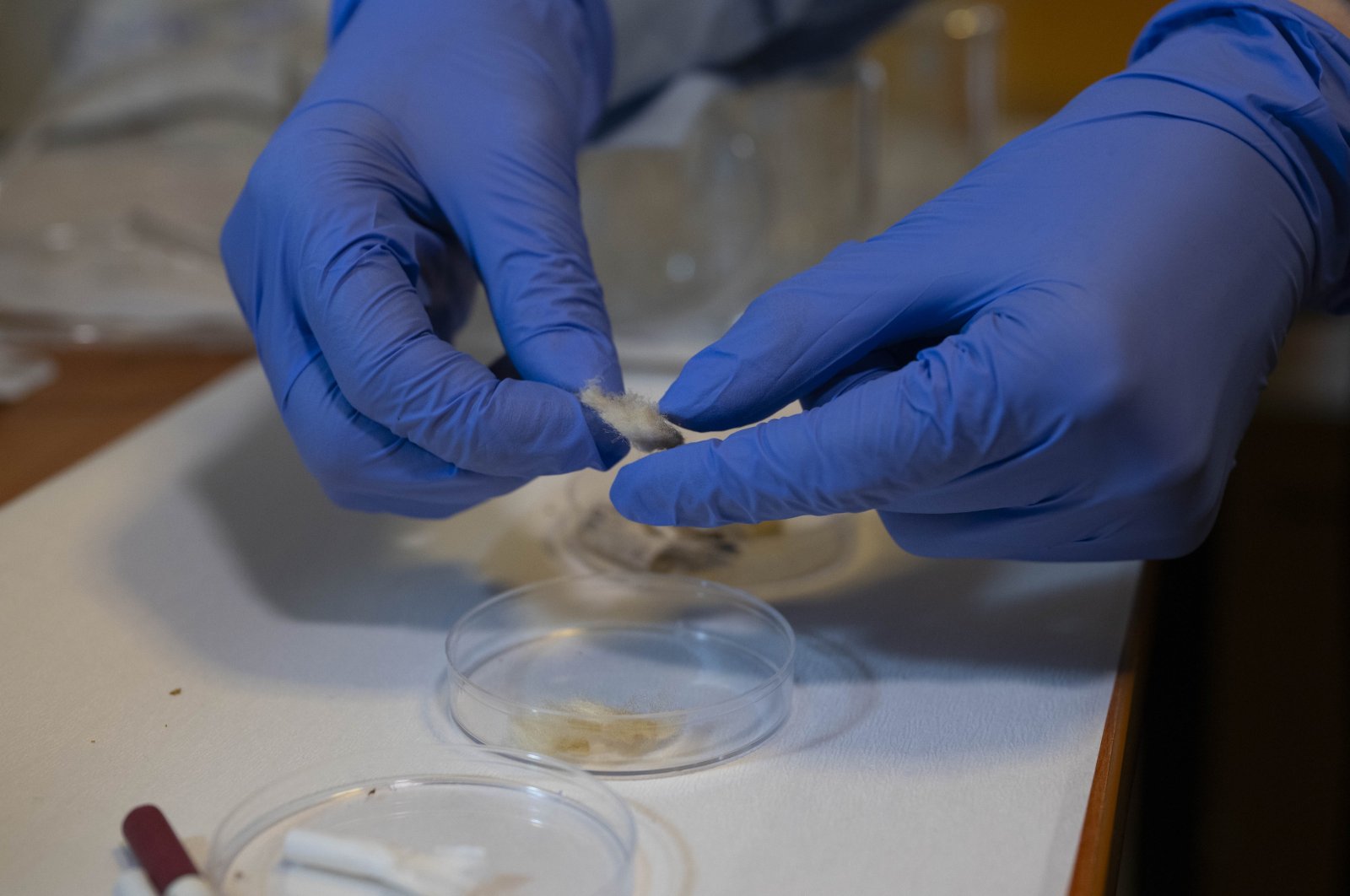
Turkish researchers, led by Nuket Sivri, a lecturer at Istanbul University-Cerrahpasa's Environmental Engineering Department, uncovered shocking microplastic pollution levels from cigarette butts along the shores of Istanbul, Türkiye's largest city and commercial hub. The study revealed densities of up to 35 cigarette butts per square meter, each containing over 15,000 microplastic particles within a 1-centimeter butt.
Each year on May 31, the World Health Organization (WHO) observes World No Tobacco Day to raise awareness about the harmful and deadly effects of tobacco use.
According to the WHO’s report called "Tobacco: Poisoning our planet," the number of smokers has reached 1.3 billion, with about 80% living in low and middle-income countries.
About 75% of smokers dump their cigarette butts in public areas such as streets, parks, highways and coastlines, where they eventually turn into microplastics. One of the latest studies on this issue was conducted in Türkiye.
In an interview with Anadolu Agency (AA), Sivri discussed her research aimed at determining the extent of microplastic pollution from cigarette butts in Istanbul's terrestrial and aquatic environments.
Sivri said that the microplastics released from cigarette butts are significantly higher than that from plastic bags due to the toxic materials and chemicals they contain.
Plastic-packaged products, cigarette butts and wet wipes due to quick hygiene habits are the predominant plastic wastes in terrestrial and aquatic environments, noted Sivri, adding the formation of microplastics from cigarette butts can vary in different climatic conditions; thus they conducted a similar study in Türkiye like those carried out in various countries around the world.
"We collected samples from four different coastal areas in Istanbul and terrestrial samples from the Istanbul University-Cerrahpasa campus area and conducted measurements and advanced analyses. In a study conducted worldwide on cigarette butts, it was found that a 1-centimeter cigarette butt contains more than 15,000 fiber-structured microplastic particles. In our own study, we observed that a 1-centimeter cigarette butt contains between 15,000 and 17,600 fiber particles."
116 per square meter
Sivri emphasized that tobacco use, which causes the death of more than 8 million people annually and leads to 80 million tons of carbon emissions each year, should be taken as seriously as other plastics due to the environmental damage it causes.
Noting that they found higher results regarding the number of cigarette butts per square meter compared to studies conducted in Europe, she said: "In some coastal areas, we found seven cigarette butts in just 1 square meter, while in others this number went up to 35. This applies to coastal areas, but the number increases in terrestrial areas. You can encounter 116 cigarette butts in 1 square meter."
Common myth
Sivri also stressed the misconception that cigarette butts do not cause environmental damage or will naturally decompose. "It is not a product that can naturally decompose, disintegrate or disappear under normal conditions.”
On the contrary, due to the chemicals they contain and the fact that a 1-centimeter cigarette butt can contain 15,000 microfibers or microplastic particles, it has a bioplastic structure, she added.
Sivri highlighted that cigarettes contain over 7,000 chemicals, more than 60 of which are carcinogenic.
"There are microplastic structures within cigarette butts, along with chemicals that are either attached to them or additionally present. The damage they cause in soil and water is greater than anticipated. They disrupt the functions of microorganisms living there and actually affect the entire flora and fauna.”
